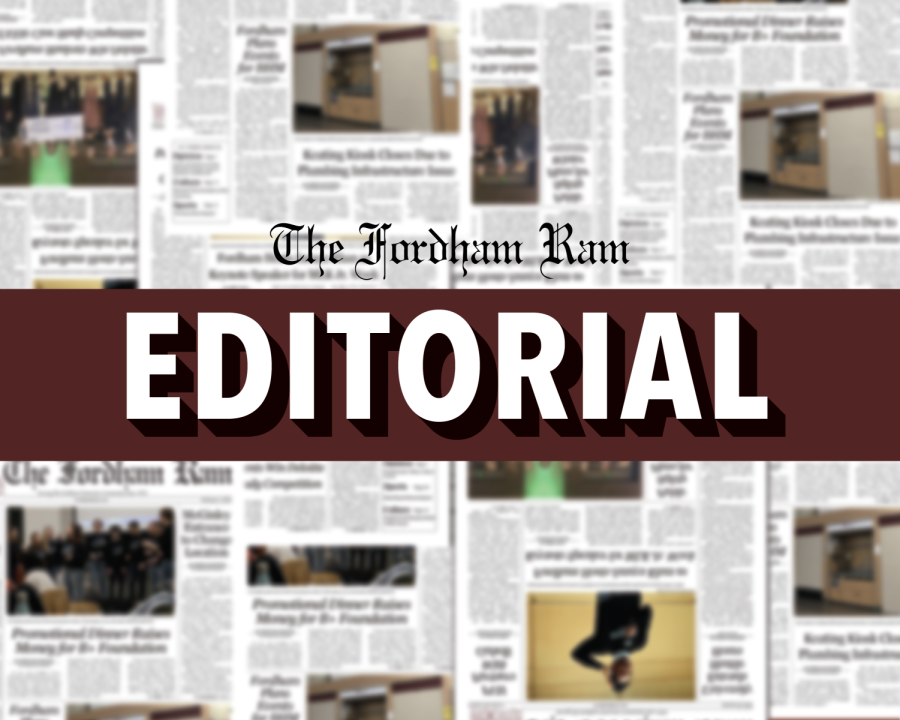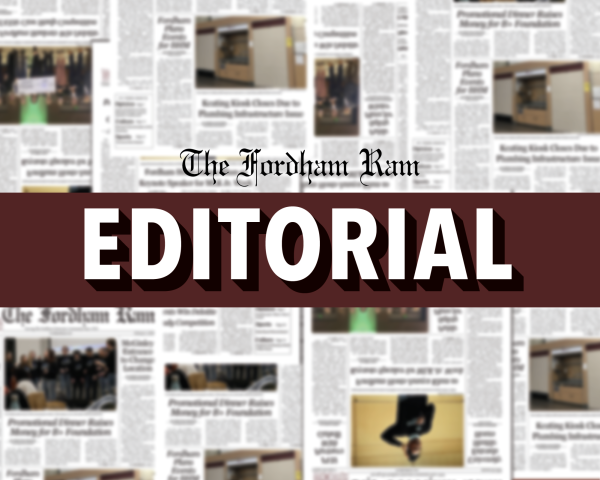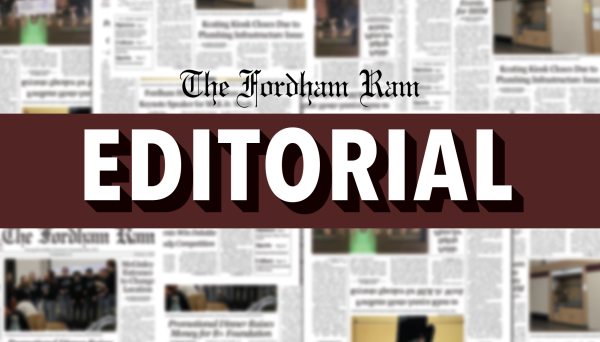Fordham’s Sustainable Steps Forward
Earlier this week, the university announced the return of the reusable cup discount at Starbucks. The announcement follows last week’s USG meeting, where two representatives discussed concerns about campus sustainability: the first on the Starbucks discount and the second on reusable cups being integrated into other campus dining locations.
Fordham University is taking big steps towards sustainability and operating a green and efficient campus; the Ram Van fleet is on track to be converted entirely into hybrid vehicles, Fordham vows to construct all new buildings in compliance with the U.S. Green Building Council’s “Leadership in Energy and Environmental Design’s New Construction Silver Rating” and now operates under an established Climate Action Plan. Despite these initiatives, campus sustainability is structured in such a way that, on an individual level, it can be difficult to maintain.
One of the most difficult challenges is in dining. The push for reusable cups is a step in the right direction, but the options for food containers lack the same sustainable punch. Paper food boxes often must be thrown in the garbage because their food stains make them unsuitable for recycling, while cups and utensils are often thrown away with the boxes.
The Marketplace cafeteria, with its reusable plates and utensils, remains the most sustainable dining spot on campus.
On top of this, the lack of recycling education and awareness means that many students will toss recyclable objects into garbage bins. Even worse, garbage often finds its way into recycling bins, nullifying the recyclable materials in the bin as they wind up in the garbage instead of recycling. These locations have the potential for recycling and reusability, but instead end up producing more waste.
While the larger structures are designed to make the campus more sustainable, the system is not designed in a way where that goal is met where it matters most: the collective actions of students. If Fordham wants to double down on sustainability, the university should take more efforts to promote efficient, green behaviors that students can practice. For example, teaching accurate recycling can be achieved at moments when the university has the attention of its students, such as orientation and floor meetings in the residence halls. There are already mandatory fire safety meetings, why would the same technique not work for recycling awareness?
Research study from the Center for Information & Research on Civic Learning and Engagement (CIRCLE) at Tufts University has shown that climate change and green energy are among the top concerns for young voters. It’s clear that students care about these issues, and that action from the administration toward a greener campus is likely to be received by students positively. It is an easy chance for Fordham to include more progressive regulations in its policies.
With the impending doom of climate change inching closer every day, it is only becoming more important that our actions are stronger and more effective. At the current rate of climate change, multiple major tipping points are at risk of being breached.
Climate change and its consequences are among the most pressing issues we face, and it’s important that Fordham restructure campus operations and sustainability management to make it easier for students to act sustainably.
This is not to discount the student-led efforts of improving campus sustainability (USG’s Sustainability Committee and various student clubs are constantly working towards this), but rather to comment on the lack of support from the university administration in pushing sustainability regulations on the individual level. The best way to combat large-scale issues is through collective action. One of the most effective ways for Fordham University to help in the efforts against climate change is to implement an updated structure for recycling, reusability and waste reduction for campus living.











































































































































































































